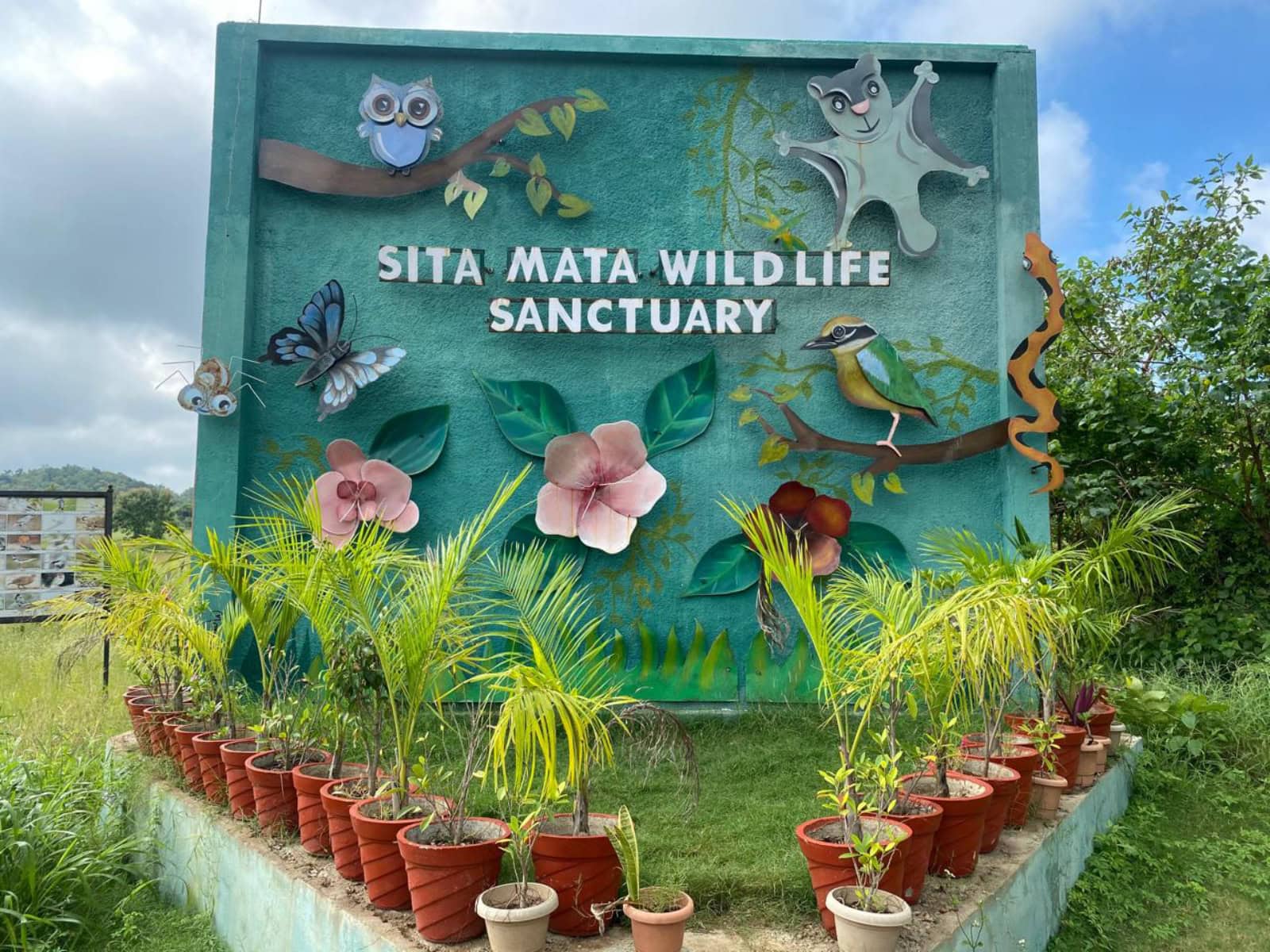At Haveli Gokul Niwas, we offer a wide range of exciting excursions designed to suit your interests and schedule. Whether you're looking to visit historic forts and temples, embark on a thrilling Jeep Safari, enjoy bird watching, or experience traditional cultural activities, we have something for everyone. Choose from short trips, half-day excursions, or full-day adventures, each carefully crafted to give you the best of the region.
Located in the heart of Talawada, Chittorgarh, Haveli Gokul Niwas is the perfect base for your explorations. Let us help you make the most of your stay with unforgettable experiences that showcase the rich culture and natural beauty of the area.

Chittorgarh, also known as Chittaur, was the capital of Mewar from the 7th to the 16th century under the Rajputs. The city is a symbol of bravery and sacrifice, witnessing countless battles against invaders from the Northwest and Delhi.
Chittaur bears the scars of war and the triumph of the human spirit. In 1303 A.D., the city was invaded by Allaudin Khilji, who sought to capture Queen Padmini. Faced with the threat of dishonor, Queen Padmini and the women of the court chose to sacrifice themselves in a funeral pyre, a selfless act known as ‘Jauhar.’
This heroic sacrifice reflects the indomitable spirit of the Rajputs. Today, Chittorgarh stands as a testament to their courage, with its monuments and battlements serving as reminders of the city’s turbulent yet heroic past.
Sitamata Wildlife Sanctuary spans across the Malwa Plateau and Aravalli mountains, with the Jakham and Karmoi rivers flowing through its landscape. This sanctuary is famous for being the habitat of the rare “Flying Squirrels,” which are best observed between February and March when the Mahua trees shed their leaves, making the squirrels visible as they glide between the bare branches. The sanctuary is named after Sita, Lord Rama’s wife, who is believed to have stayed in this forest at the ashram of Sage Valmiki.
In addition to flying squirrels, Sitamata is home to a diverse range of animals and birds. The sanctuary features forests of teak, bamboo, tendu, amla, and salar. It hosts species such as spotted deer, wild boar, four-horned antelope, nilgai, jungle cats, jackals, and hyenas. Less common animals like caracals, wild boars, leopards, and wild pangolins can also be spotted in this rich and thriving ecosystem.


The Sanwaliaji Temple of the Dark Krishna is located on the Chittorgarh-Udaipur Highway, in the town of Bhadsora, approximately 40 kilometers from Haveli Gokul Niwas, Talawada. The deity is also known as Shri Sanwaria Seth. According to legend, in 1840, a milkman named Bholaram Gurjar dreamt of three divine statues buried beneath the ground in Chapar village, Bhadsora-Bagund. When the villagers began digging, they uncovered the statues exactly as Bholaram had seen in his dream. These statues were of Lord Krishna, each incredibly beautiful and captivating.
One statue was taken to Mandaphiya, another to Bhadsoda, and the third remained at the site of its discovery. These three locations eventually became temples, and over time, the temples of Sanwaliya Ji grew in fame, attracting a large number of devotees every day.
Beneshwar is a unique destination where you can experience the sweet aromas of southern Rajasthan. More than just a tourist spot, it holds deep spiritual significance as it is located at the confluence of three rivers. The site attracts the faith of lakhs of devotees, especially during the ten-day Magh fair held in February. For those interested in religious tourism, this is the ideal time to visit.
Beneshwar Island, surrounded by the holy waters of the Mahi, Som, and Jakham rivers in Banswara district, is not only a place of natural beauty but also a symbol of diverse cultures. Renowned worldwide for its association with tribal culture and history, this sacred site draws many visitors for darshan and holy baths, particularly during the Magh fair. Beneshwar Dham is located 105 km from Haveli Gokul Niwas, Talawada.
